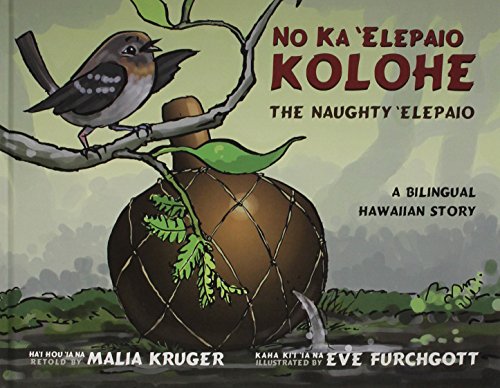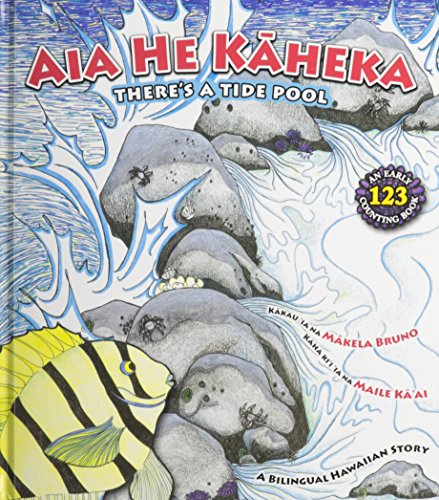
This guide celebrates Pacific Islanders or Pasifika heritage in the United States. Pacific Islanders include these diverse communities: Native Hawaiians, Samoans, Chamorros, Tongans, Fijians, Marshallese and others.
Take a look at the Recommended Reading List or visit our display on the Plaza Level of the Library. You can find these materials on our Recommended Reading display rack on the Plaza Level of the library. Please borrow and enjoy them!
As a result of U.S. Census classification categories and pan-ethnic racial organizing, Pacific Islander communities, or Pasifika (including Native Hawaiians, Samoans, Chamorros, among many other groups) have frequently been grouped together with Asian Americans in the United States. However, as Kanaka Maoli (Native Hawaiian) scholar Lisa Kahaleole Hall writes in American Quarterly, "Hawaiians and other Pacific Islanders are not Asian Americans, and all Pacific Islanders are not Hawaiian."

Source: State of Asian Americans and Pacific Islanders, Center for American Progress and AAPI Data, 2014.
Pasifika Narratives
This video series from PICA-WA highlights "local Pacific Islanders in Washington who share their cultural resilience and discuss holistic health during the COVID-19 pandemic."
Terisa Tinei Siagatonu - Atlas - for Fast for the Climate
“A brilliant poem about the intersectionality between climate justice, identity and colonialism from Samoan-American poet Terisa Tinei Siagatonu of Spoken Word for the World.”
The U.S. Census Bureau proudly presents this powerful rendition of “This is Me” performed by Native Hawaiian and Pacific Islander artists and dancers from across the country to invite and inspire their community to be seen, heard, and counted in the 2020 Census.
What is UPRISE?| Pacific Islander High School Summit
"High schools within the Highline Public School Districts and around the Seattle Area gather together to become educated and network with others": 2018 theme: "Pasifika Narratives or the importance of using our voices to advocate for change in systems."
Pacific Islander spaces at the University of Washington Seattle Campus
Prutehi Litekyan | Mobilizing Against Militarization: Our Never Ending Fight
The organization Prutehi Litekyan created this video describing protests against militarization in the Marianas.
The estimated number of people that identified as Native Hawaiian and Other Pacific Islander alone or in combination in the United States in 2020.
The number of Native Hawaiians in the United States in 2020. The Native Hawaiian population was the largest detailed Native Hawaiian and Other Pacific Islander (NHPI) group, followed by Samoan (211,876) and Chamorro (156,083). These estimates represent the number of people who reported a specific detailed NHPI group alone, as well as people who reported that detailed NHPI group in combination with one or more other detailed NHPI groups or another race(s).
The number of Native Hawaiian and Other Pacific Islander alone who are military veterans in 2020.
The estimated number of Native Hawaiian and Other Pacific Islander-owned employer firms in the United States in 2019.
Source: Asian American and Pacific Islander Heritage Month: May 2022 (U.S. Census)
 No ka ʻelepaio kolohe = Naughty Elepaio
by
No ka ʻelepaio kolohe = Naughty Elepaio
by
 Aia He Kāheka = There's a Tide Pool
by
Aia He Kāheka = There's a Tide Pool
by
 Matamai 2: Intersecting Knowledge Across the Diaspora: A Collection of Poems, Short Stories & Art by Students of Pacific Islander Studies
by
Matamai 2: Intersecting Knowledge Across the Diaspora: A Collection of Poems, Short Stories & Art by Students of Pacific Islander Studies
by
 The Pacific Islanders
by
The Pacific Islanders
by